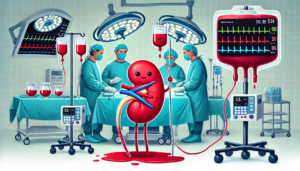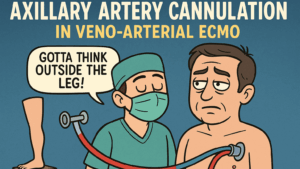Background: Postoperative atrial fibrillation (POAF) is a common complication after coronary artery bypass grafting (CABG) that prolongs hospitalization and increases expenses.
Hypothesis: Perioperative risk factors may predict POAF.
Methods: From March 2015 to January 2023, 6229 patients who underwent isolated CABG and were in sinus rhythm before CABG were included in this retrospective study. The preoperative and postoperative variants of patients were collected and analyzed by univariate analyses between the patients with and without POAF. Multivariate logistic regression analysis was then used to study the independent risk factors for POAF.
Results: The incidence of POAF in this group of patients was 30.94%. Univariate analyses demonstrated that age (p < 0.001), hypertension (p < 0.001), smoking (p < 0.05), cardiopulmonary bypass (CPB) time (p < 0.01), and ejection fraction (EF, p < 0.01) were the risk factors for POAF. Multivariate logistic regression analysis determined the independent risk factors associated with POAF were old age (odds ratio [OR] = 1.062, p = 0.000) and low EF (OR = 0.980; p = 0.008).
Conclusions: In the current era, after isolated CABG surgery, there is still a quite high incidence of POAF (30.94% in this group of CABG patients). The main risk factors correlating to POAF include age, hypertension, smoking, CPB time, and EF. Among these factors, multivariate analysis identified old age and low EF as the independent risk factors associated with POAF. Particular care should be taken in the perioperative period for these patients in the prevention of POAF.
Keywords: coronary artery bypass grafting; postoperative atrial fibrillation; postoperative complication; risk factor.







